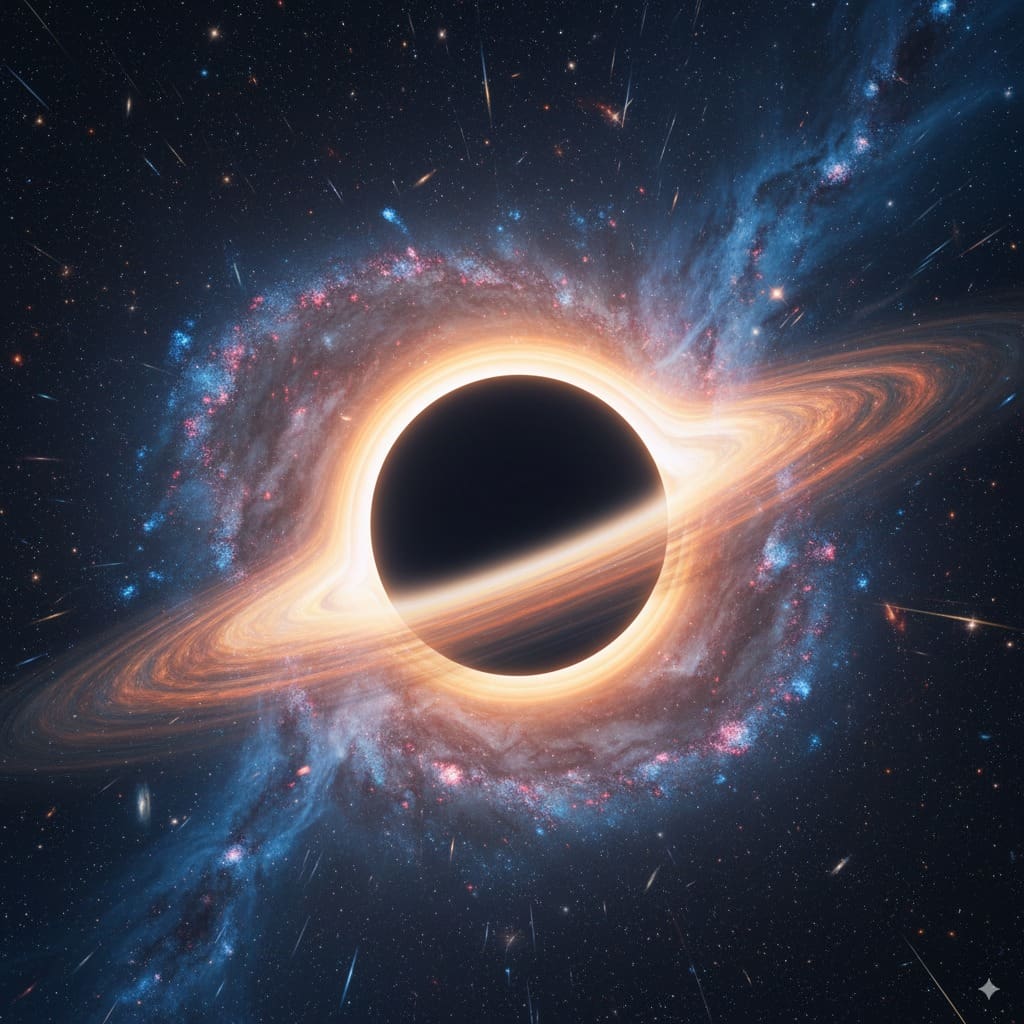Black holes, enigmatic objects with immense gravitational pull, continue to challenge our understanding of the universe, and recent research explores how their fundamental properties might connect to the very fabric of gravity itself. Che-Yu Chen from RIKEN iTHEMS, Chiang-Mei Chen from National Central University, and Nobuyoshi Ohta from Osaka Metropolitan University investigate the possibility that gravity’s strength changes depending on scale, potentially altering the behaviour of black holes. Their work reveals that maintaining consistency in these modified black holes demands a specific relationship between gravity’s strength and the black hole’s characteristics, leading to observable effects on the black hole’s shadow. By analysing images of the supermassive black hole at the centre of our galaxy, Sgr A*, the team not only constrains the possible parameters of this new model, but also discovers a fundamental lower limit on the size of a black hole’s shadow, offering a crucial test of Einstein’s theory of general relativity and potentially revealing new physics beyond it.
Kerr Metric, Shadows and Gravitational Lensing
A comprehensive body of research explores black hole shadows, gravitational lensing, and tests of general relativity, encompassing fundamental theory, calculations, and observational studies. Investigations into photon orbits and numerical methods form the basis for calculating black hole shadows, particularly for rotating, or Kerr, black holes, crucial for predicting their appearance and identifying potential deviations from the standard model. A central theme is testing the no-hair theorem, which posits that black holes are fully described by only mass and spin. Researchers also explore alternative theories of gravity and use parameterized metrics to broaden the range of possible black hole solutions, assessing how well observations constrain these parameters and test the limits of general relativity.
Investigations extend to objects that mimic black holes, such as traversable wormholes or naked singularities, and explore the shadows they would cast, refining our understanding of what constitutes a black hole. Observations from the Event Horizon Telescope (EHT) of M87* and Sgr A* provide crucial data for testing these theories, alongside precise measurements of the Moon’s orbit through lunar laser ranging. Advanced topics include the effects of accretion disks around black holes, combining black hole shadow observations with gravitational wave detections, and exploring black holes with more complex internal structures.
Black Hole Gravity Links to Area and Mass
Scientists have demonstrated that the consistency of black hole thermodynamics imposes specific constraints on how the strength of gravity, represented by the Newton coupling, can vary near a black hole. This work explores scenarios where the Newton coupling is not constant but depends on the black hole’s parameters, specifically its mass, spin, and the radius of its event horizon. Researchers derived a crucial condition that any scale-dependent Newton coupling must satisfy to maintain thermodynamic consistency, ensuring the fundamental laws of black hole physics remain valid. The team discovered that a general solution to this. The researchers then introduced a dimensionless parameter, which quantifies the deviation from an “extremal” black hole configuration, and revealed that this parameter can be directly related to the shape of the black hole’s shadow.
Thermodynamic Limits on Black Hole Shadows
This research investigates the implications of a scale-dependent Newton’s coupling constant on the structure of Kerr black holes and their observable shadows. By requiring thermodynamic consistency within black hole physics, the team derived a specific relationship between the gravitational coupling and black hole parameters, leading to a class of extended Kerr black hole solutions. The analysis demonstrates that these modified black holes produce shadows with characteristics influenced by the coupling strength, offering potential observational tests of black hole thermodynamics. The study reveals that the size of a black hole shadow is fundamentally limited by the consistency conditions imposed by thermodynamics, establishing a lower bound beyond which either the horizon disappears or the shadow loses its characteristic shape. Furthermore, the research identifies observable features in the shadow’s critical curves that are largely independent of the specific parameters defining the model, suggesting a robust signature for testing thermodynamic consistency through future black hole imaging. Current observations of Sgr A* already place constraints on the model’s parameters.

